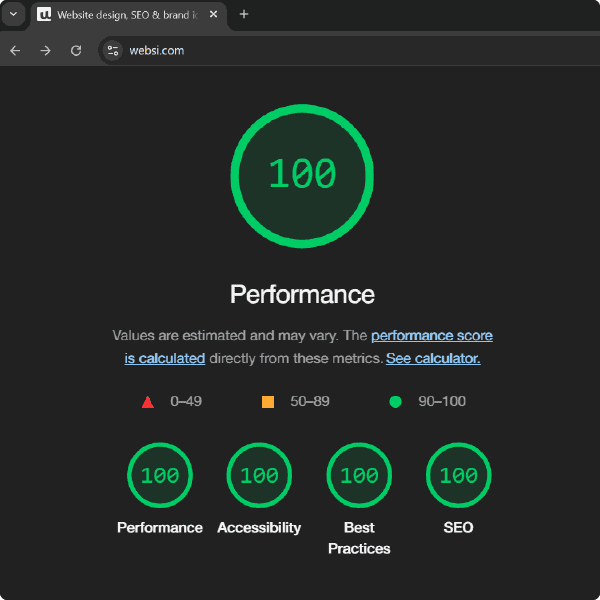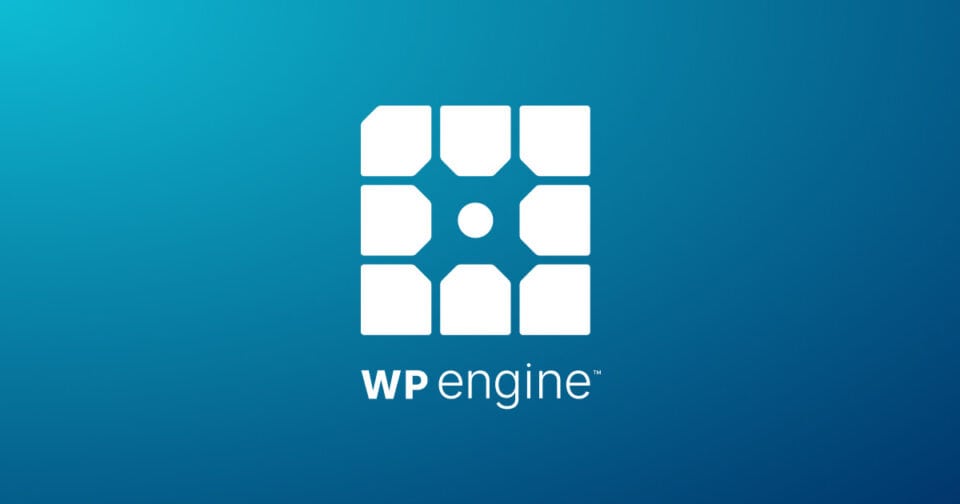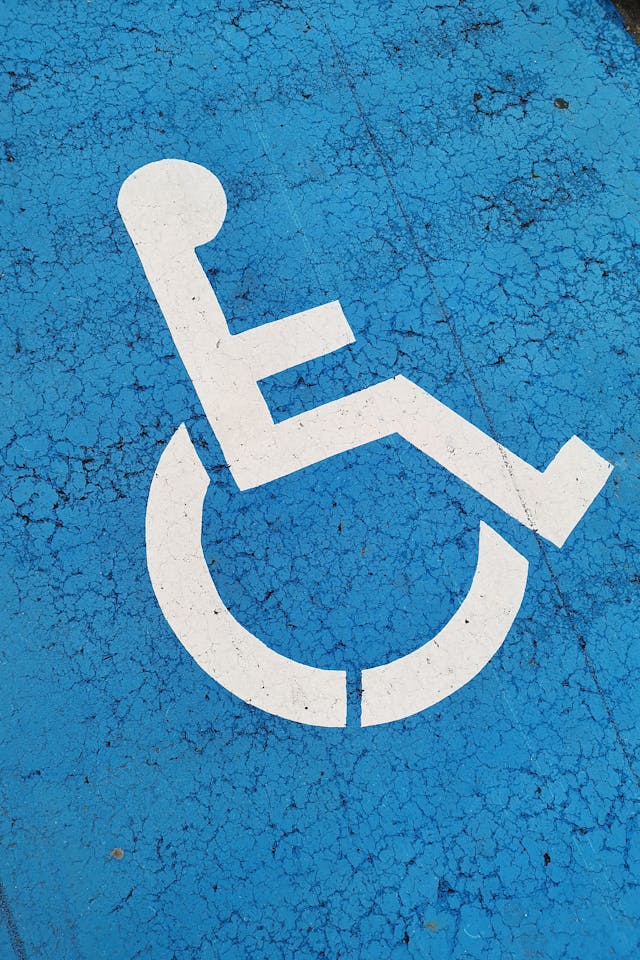The Animation Dilemma
Website animation divides opinion. On one hand, it can make a site feel alive, expressive and modern. On the other, it can slow down performance, frustrate users and make accessibility an afterthought. At Websi, we believe in using animation with purpose: subtle motion that guides attention, not distracts from it.
The Case for Subtlety
A light, refined animation can make interactions feel more natural. A button that gently fades, or a section that softly slides into view, helps create rhythm and flow without demanding focus. These micro-interactions elevate user experience and reinforce brand quality.
But large, constant motion such as background videos, moving panels, or oversized sliders often does the opposite. They draw the eye away from key content, reduce clarity, and significantly impact page speed. For mobile users, where attention spans are shorter and connections weaker, heavy animation can destroy engagement.
Performance and Accessibility Matter
Animations consume resources. They increase load times, affect Core Web Vitals, and can make sites difficult to navigate for users with motion sensitivity or assistive technologies. Smooth, accessible performance almost always beats showy visuals in terms of engagement and conversion.
A Matter of Context and Brand
That said, animation does have its place. For some brands, like our client Flare Marketing, a bold, expressive approach fits the personality and purpose of the site. In their case, bright transitions and dynamic movement amplified their energetic identity and supported the brief.
It’s about matching animation to brand tone, audience expectations and desired outcomes. Not every site needs motion. Some need restraint.
If you’re exploring what’s possible, we recommend checking out Josh @Yolkk on TikTok. He regularly shares exceptional examples of animation done right.
Top 5 Reasons Not to Use Animation
- Slower Load Times – Motion-heavy websites can increase file size and hurt performance metrics.
- Accessibility Issues – Fast or flashing animations can trigger motion sensitivity or confusion.
- Mobile Performance – Many animations perform poorly on smaller screens or slower networks.
- Distraction from Content – Visitors may focus on effects rather than messaging or calls to action.
- Maintenance Complexity – Over time, complex animations add technical debt and increase costs.
Top 5 Times Animation Should Be Used
- To Guide User Interaction – Subtle transitions that show what’s clickable or what comes next.
- To Reinforce Brand Personality – Motion that reflects tone, confidence or playfulness.
- To Explain Complex Concepts – Animated infographics or product demos that aid understanding.
- To Improve Navigation Feedback – Hover, scroll and click responses that feel intuitive.
- To Create Emotional Connection – Minimal, purposeful movement that adds delight without distraction.
The Websi Perspective
At Websi, we design with intent. Animation can enhance a digital experience, but only when it serves the user, the brand and the goal. We’ll explore both sides with you during our early design stages, helping you find the perfect balance.
As your #1 fan and growth partner, we’ll always push back if we feel animation is being used for the sake of it. Because your site deserves to engage, convert and perform beautifully.






